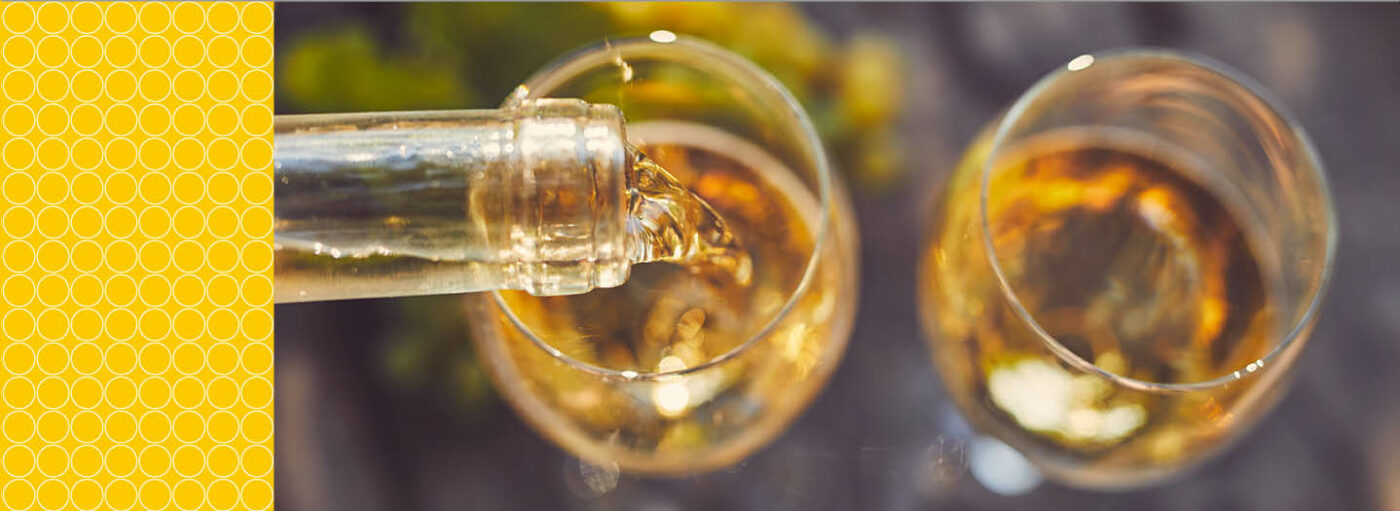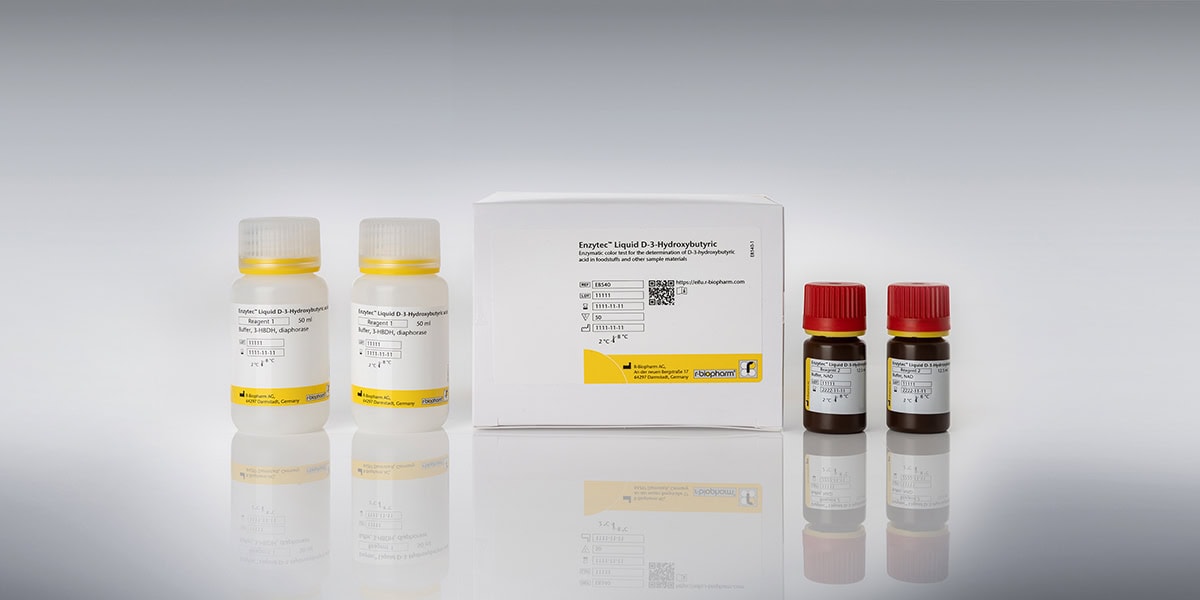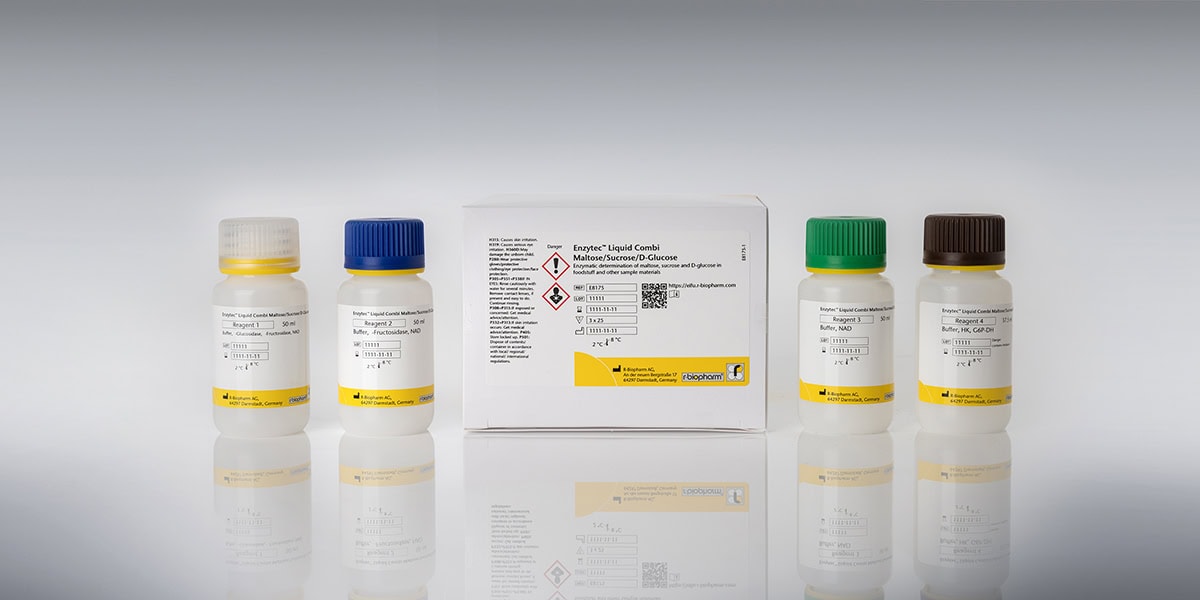
Recent news in Food & Feed Analysis
- Home
- /
- Malolactic fermentation: Helper lactic...
Malolactic fermentation: Helper lactic acid bacteria

Particularly in colder regions, the wine tends to be very acidic. The acidic and tart taste is not for all winemakers and wine enthusiasts. Lactic acid bacteria are used to convert malic acid into lactic acid and carbon dioxide. In our article, you can find answers to all the important questions relating to malolactic fermentation (MLF).
How does the wine become acidic in the first place?
Acids play an important role in wine. The most important acids in grapes are tartaric acid, malic acid, and, to a lesser extent, citric acid, as well as many other organic acids.
How much acidity a wine will have ultimately depends on the grape variety, the climate and the ripeness of the grapes. The acids contribute to the stability of the wine, the color and of course the taste.
What is malolactic fermentation?
During malolactic fermentation (MLF) (biological reduction of acidity), so-called lactic acid bacteria (LAB) convert malic acid into lactic acid and carbon dioxide. This process mellows the acidity of the wine by converting the tart, rather bitter-tasting malic acid into the mellower lactic acid.
Malic acid + lactic acid bacteria → lactic acid + carbon dioxideFrom a biochemical point of view, it is not actually a fermentation process. But like alcoholic fermentation, gases are released, which is why it is also called “malolactic fermentation”.
Malolactic fermentation usually takes place (sequentially) after, but sometimes also during (simultaneously) alcoholic fermentation (primary fermentation), which is why it is sometimes called “secondary fermentation”.
The bacteria that are used
Lactic acid bacteria include Oenococcus oeni and other species of Pediococcus and Lactobacillus. These lactic acid bacteria are part of the natural microflora found on grapes and also in cellars.
However, winemakers usually inoculate their wine with a specific malolactic starter culture, mainly O. oeni, to better control the fermentation process. O. oeni is the typical species of bacteria used as a prevalent starter culture for this process.
However, some Lactobacillus and Pediococcus strains have also been shown to be suitable for driving MLF and are becoming more widely used.
How is the process reviewed?
The simplest approach is to test for a reduction in malic acid and an increase in lactic acid: two factors you can determine with enzymatic methods such as using our EnzytecTM-malic acid and lactic acid testing kit. However, you can also examine the different species of bacteria present in the wine. The optimal tool for this would be a PCR-based test.
What are the advantages of MLF?
There are 3 reasons:
- Acid reduction: Malolactic fermentation reduces the acidity, as malic acid is more acidic than the mellower lactic acid. This also has a positive effect on the mouthfeel of the wine, giving it a mellower, more harmonious, and full-bodied flavor.
- Taste: MLF can give the wine a buttery, creamy complexity. This is caused by a byproduct called diacetyl. It has a nutty, roasted flavor at lower concentrations and an almost overwhelming buttery flavor at higher concentrations.
- Stability: MLF increases the microbiological stability of the finished wine by removing a potential source of carbon.
Which wines are treated with MLF?
The region and climate often play a role. Malolactic fermentation tends to be carried out more in colder regions, where low temperatures can increase the acidity of the grapes.
Malolactic fermentation is more common for red wines like Pinot Noir than for white wines. However, MLF is also used for typical white wines, such as Chardonnay. These Chardonnays are easy to recognize because they have a distinct buttery aroma, for example.



